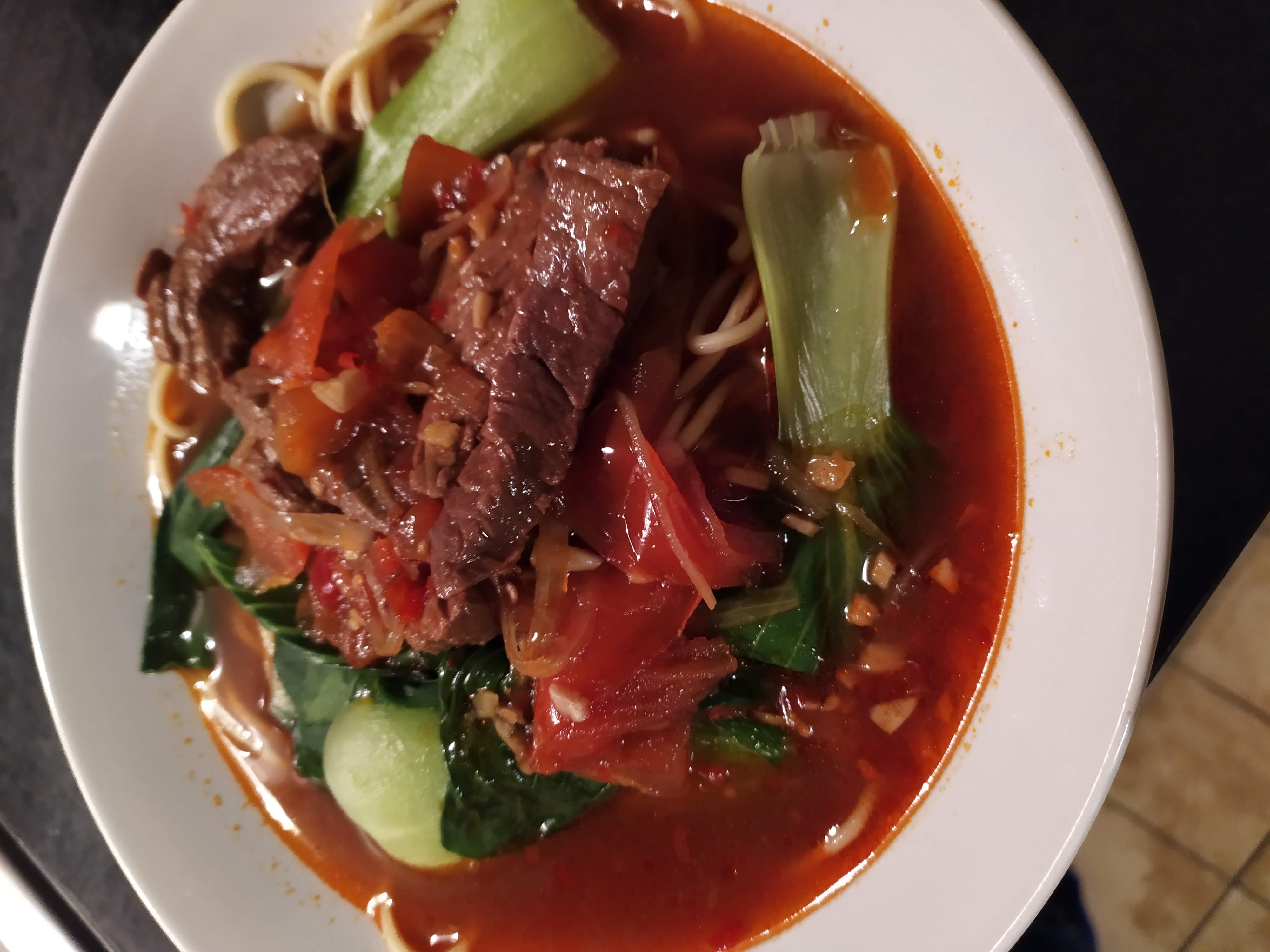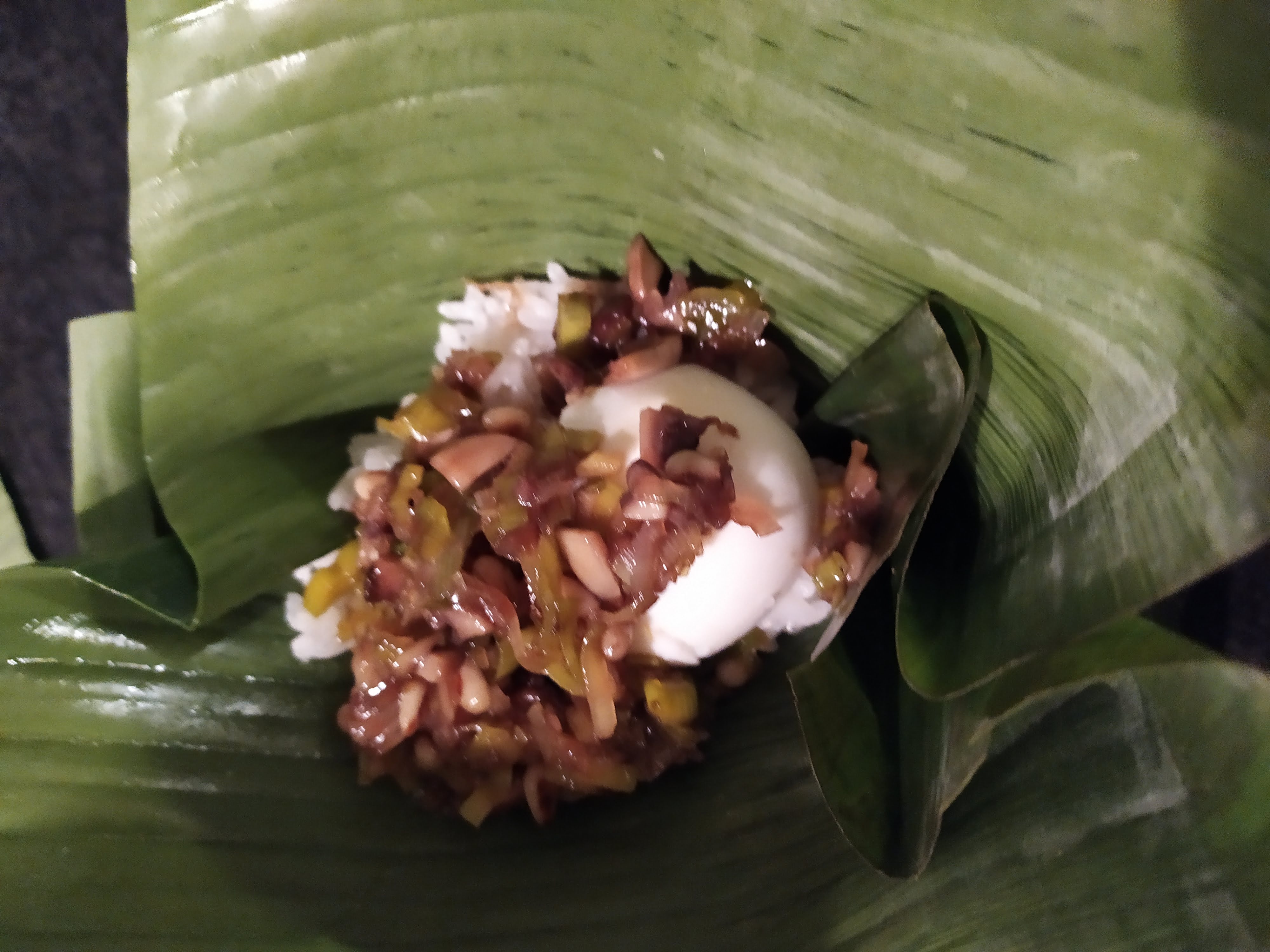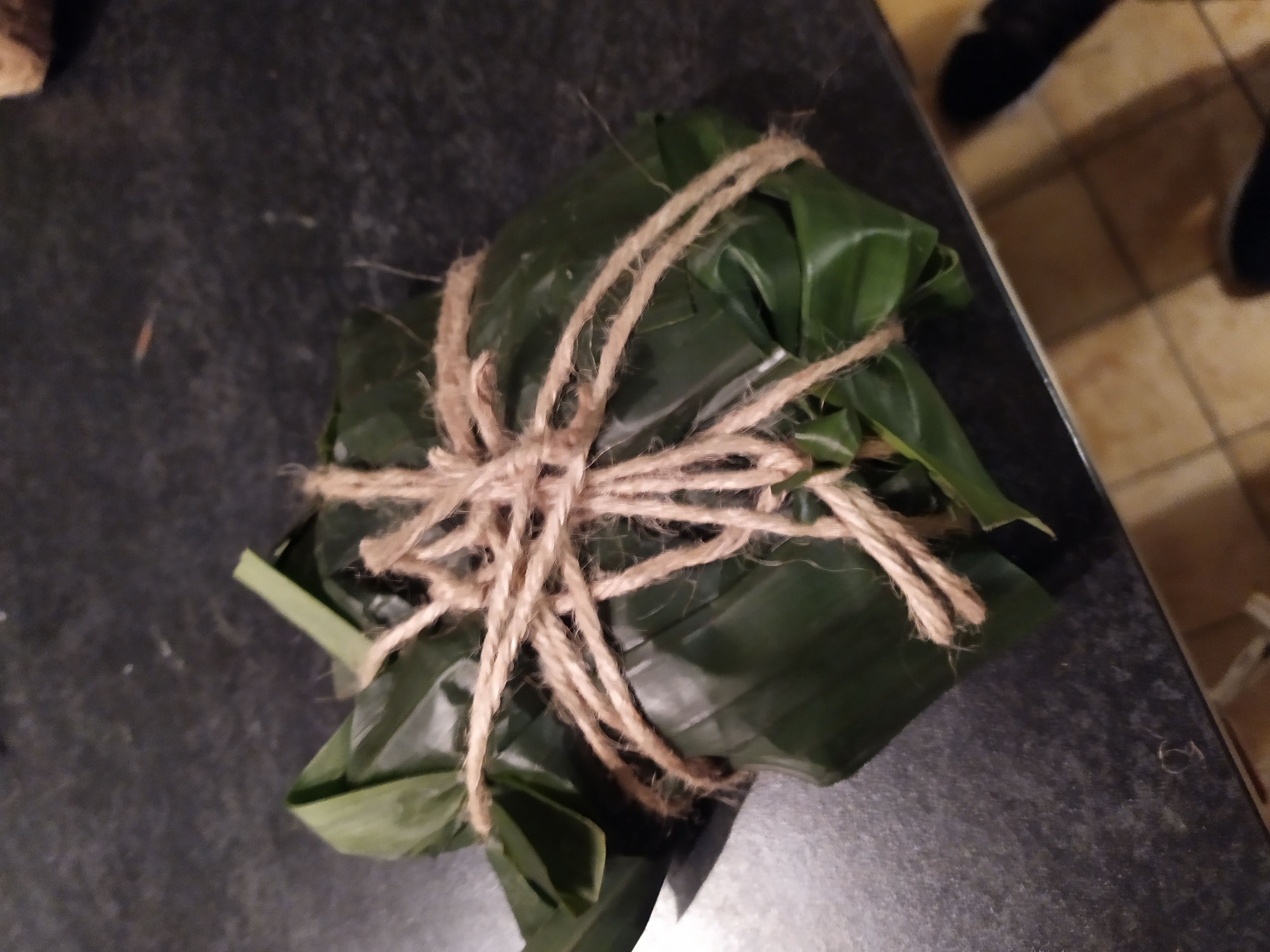This week protagonist: Taiwan!
This week on Eat the world we have Taiwan! A special country both from the political and geographical point of view. Did you know that its official name is “Republic of China”? Well, as you might guess, Taiwanese food is heavily influenced by Chinese culture, although there are some more asian and aborigenous influences as well.
Let’s get into the food!
After having checked many recipes and blog posts, it seemed cleared that one of the most iconic and popular Taiwanese dishes is the Taiwanese beef noodle soup! We have to say it: they are completely right!
We found and followed this recipe and it didn’t disappoint! We started from the basics: lots of garlic and onions for an excellent base, together with tons of spices, like ginger and star anise pods. We didn’t want to cook the beef apart with some ingredients to flavor it and then toss it away, so we basically skipped step 1-2 of the recipes and went directly into making the most-amazing broth we ever tried!
Besides the broth we opted to go for some simple chunks of beef instead of going for some butchery-only beef shanks; and we have to say it works equally well! Even a simple fatty steak, cut into thin strips and left to cook in the broth, remained quite tender and super flavorful!
The ingredient of the week: spicy bean paste and the lack of salt
Besides what we already mentioned, another star ingredient was the spicy bean paste: extremely salty and spicy but a couple of large scoops into the entire broth and the flavor will explode into greatness!
We were really surprised to notice that the ingredients as such (and likely most of Chinese/Taiwanese cuisine) don’t require the addition of salt, because strong flavors like soy sauce, the bean paste and other rich spice mixes can simply compensate for it! It was a bit hard to adjust the “normal” use of salt with these new ingredients, but it was a worthy challenge ;)

Surprise on top of surprise
We left the whole broth to cook for about 2 hours and needless to repeat, the broth was rich, spicy and slapping-good! Tomato and chilies added a deep red rich color, and the egg-based noodles we used worked perfectly together with it! We simply cooked them for 6-8 minutes on a separate boiling water pot and added directly to an empty plate. Then pour the sublime broth on the cooked noodles!
Last but not least, a secondary surprise was the use of bok choys, a plant that for long I was meaning to try, but we never got around it. They were more neutral that we thought, but a quick blanching in noodle water, left them crunchy enough with tender leaves to match perfectly the heavy richness of the rest of the dish!
It’s not over! Zhongzi’s are served!
As soon as we saw that in Taiwan, they were serving a envueltos asian variant, we knew we had to try them! We really like latinamerican cuisine, and we are very familiar with the concept of wrapping a rich stuffing with some leaves and steam or boil it for a long time.


While south-american envueltos are usually corn and rice based, Zhongzi are entirely formed by a filling of sticky rice together with lots of super-strong flavors. Some that we tried, include: onion and mushrooms in soy sauce, and salty dried shrimp paste. Wrap the rice-filled mass into bamboo leaves and tight some strings around them to keep them sealed! We used plantain leaves, instead of bamboo, but they worked equally well after we boiled them to give them some elasticity. Only concern: we kinda forgot we were cooking them and the water in which they were boiling ran out, and we completely ruined a pot! Oh well, at least the leaves protected the meal, and we still enjoyed them very much!
Conclusions
So far, this was definitely the tastiest and most surprising dish we had so far in this challenge. This meal is super recommended, unless you are too spice-sensitive or are not a great fan of Asian flavors.
Leave a comment